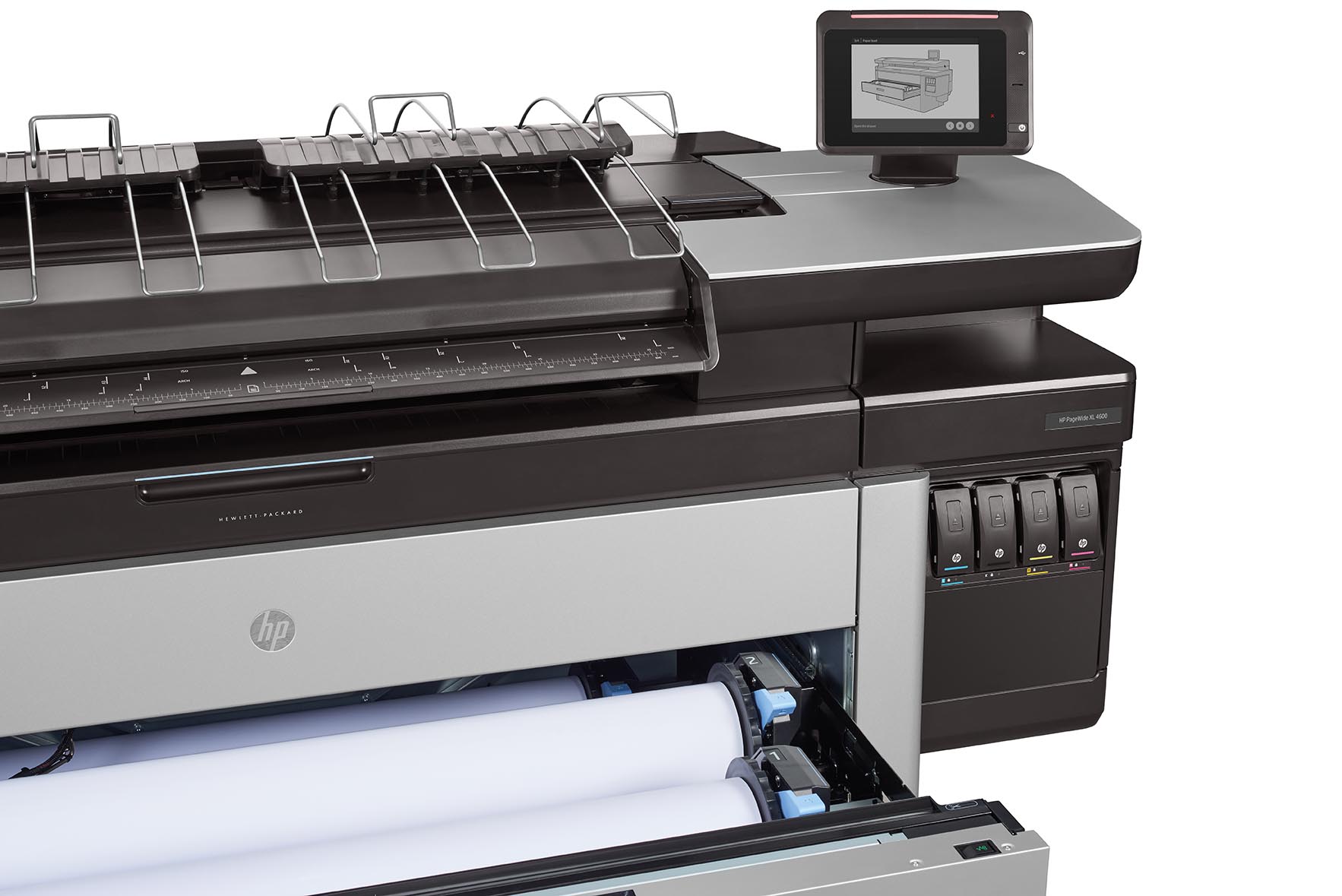“The Ongoing Question & Debate”
When considering a plotter for your design and production needs has the topic of color vs. black & white come up? Typically, I see these three questions of concerns lead to internal discussions...
- Color is too slow?
- Color is too expensive?
- Do we really need color?
The answers to these questions have changed over the last 2 years. Let’s address the last one first since this is where most clients start. Most users come to the conclusion that color has become more important in printing as we generate more detailed data and color improves readability and functionality of blueprints. With the growth of REVIT and other 3D CAD software solutions, color is now being integrated into designs and it’s critical to convey this color in print workflows. Color images include everything from renderings to 3D visuals to convey design intent.
The discussion then evolves from the clients’ desire for color to the perception that they need to decide between toner based black/white plotter and a traditional inkjet plotter. This brings up the concern on cost and speed based on their experience with older inkjet technology. What many people don’t realize that the days of color being too slow and too expensive for production printing are often gone. This is due to the launch of new technologies such as the Pagewide XL systems from HP that can print fast and in a cost effective manner. It must also be noted that even the traditional color inkjet printers from HP (Designet Series) and Canon (IPF Series) now have a much lower cost of operation and improved speed. PageWide is not the only technology addressing these concerns. New inkjet plotters have larger ink cartridges and industrial print heads that last much longer which reduces print expense.
So let’s look at the first two questions closer and why the perceptions are there….
Too slow – traditional inkjet technology typically was too slow for production printing due to the limitations of having to drive an ink carriage back and forth across a roll of paper. With traditional plotter inkjet architectures, manufactures can only drive a carriage type technology so fast. Even the most current of carriage based plotter technologies are limited to about 3 to 4 D-size prints per minute. Often this does not provide enough speed for the times a large number of prints are needed to meet a deadline. In the past, clients would have to purchase a toner based technology to reach the production speeds required to meet the demands and deadlines. As a reference, the HP PageWide XL series prints up to 30 D-size per minute. How does it get this speed? With this technology the print head does not move back in forth but a 40” wide stitched print head is used to pass paper under the print bar which eliminates the need to pause paper feed as the ink cartridge passes by. The system simply passes paper at a consistent feed under the print bar which allows these incredible speeds.
Too expensive – We can look at expense in two ways. The first is for ink. In the past and even in some cases of the present, ink is more expensive than toner on lower volume systems which is why people think color is expensive. However, often the new systems cost the same for ink as the toner systems when comparing black/white images. Take this one step further, you can now likely output a traditional CAD drawing in black/white OR color for the same cost. The second expense is maintenance. Typically, a toner based system is expensive to maintain. A traditional production color plotter consists of 4 imaging devices or 4 drums (depending on the technology) which drives up the cost to maintain, not mention downtime and reliability. The simple architecture of PageWide improves reliability and uptime while reducing service calls.
Pagewide XL from HP. Gone are the days of too slow and too expensive! The wide format Pagewide XL technology form HP is available in five different models, which provide prints speeds ranging from 10 ppm (prints per minute) all the way up to 30 ppm, depending on the model. As for the cost per print for all consumables (excluding paper, it ranges from $ 0.005 to $ 0.015 per square foot, again depending on the model.
Summary & Comparison – so when evaluating your wide format printing needs. Do your research and check out the actual costs and prints speeds of HP Pagewide technology. I think you will be pleasantly surprised how well the technology and cost compare to your black and white printer. In fact, don’t be surprised if the cost is actually less than what you are currently paying for your old B/W technology but….now have the ability to leverage color!




